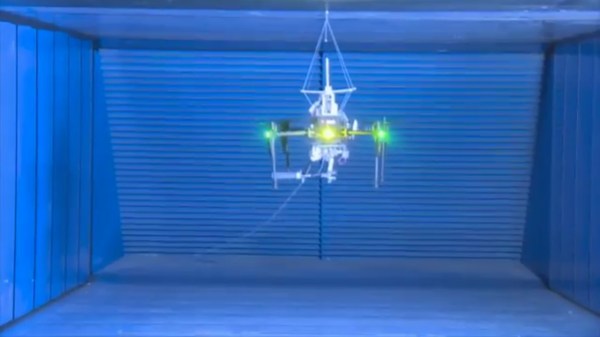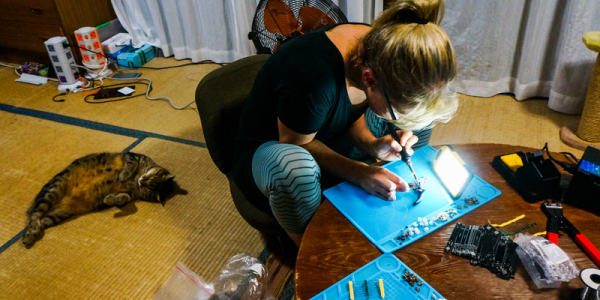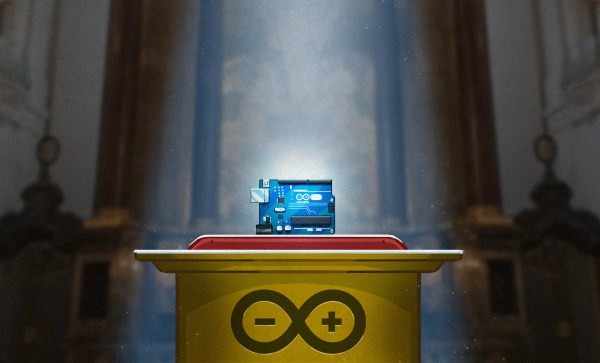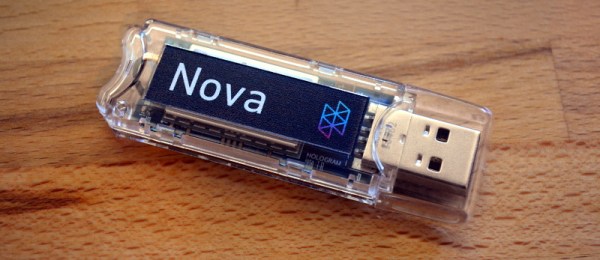Today is Ada Lovelace Day, a day to celebrate and encourage women in the fields of science and technology. The day is named after Augusta Ada King-Noel, Countess of Lovelace, born Byron. (You can see why we just call her Ada Lovelace.) She was a brilliant mathematician, and the writer of what’s probably the first real computer program — it computed the Bernoulli series. At least according Charles Babbage, in correspondence to Michael Faraday, she was an “enchanted math fairy”. Not only a proto-coder, she wrote almost all of the existing documentation about Babbage’s computation engine. She’s a stellar example of a brilliant and unique individual. If you were looking for a superhero to represent women in science and tech, Ada’s a good pick.
In our minds, she gets stiff competition from Marie Curie. Curie did fundamental research on radioactivity, is one of two people with Nobel Prizes in two different sciences, and got to name the two elements that she discovered. 2011 was the Year of Marie Curie in France and Poland. She has her own year in addition to her own unit. Even Spiderman doesn’t have those radioactive super powers!
Don’t Need Another Hero?
But on a day dedicated to getting more women into the technical arts, it’s also a little bit daunting to pick Lovelace or Curie as a symbol. Are you ever going to have something that equals “first computer program” or “two Nobel Prizes” on your résumé? We aren’t. It’s great to have heroes, but maybe we need more than just heroes — we also need mentors.


















